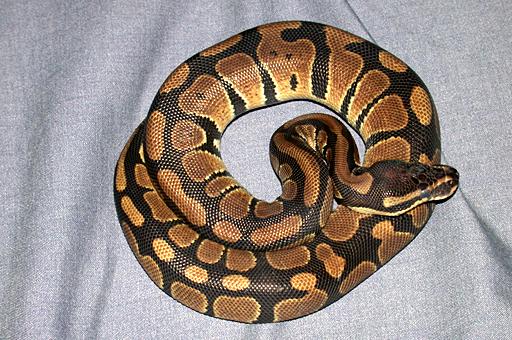I read "A Hobby That Fit" by Joshua Comer in
Reptiles magazine of March 2008. I chose this article because the beginning looked interesting to me, and I wanted to read more. In this article, Joshua tells us about how his fascination with reptiles began in October of 2002 when he was diagnosed with lupus. He was told to stay out of the sun by a doctor, so Joshua had to find a hobby that he could do indoors. He started to read anything he could find about reptiles, and not too long after that his mom came home with his first snake, a male ball python. Joshua then bought a Florida kingsnake with his own money, and went to a family trip. When he returned, the snake had escaped and was gone. A year later his dad found a baby red corn snake and brought it home. About two months after getting the first red corn snake, Joshua and his dad were on the way to the store to get another red corn snake, but found one in the road, and brought it home. A little while after that, Joshua got his first agama, a green water dragon. Joshua ends the article asking "Who would've thought so many great things would come out of being told not to go in the sun?" I liked this article a lot because Joshua didn't get upset about being diagnosed with lupus, he found a hobby he could do indoors. I found this very inspirational, because I learned that you can always look to the brighter side of any situation. A question I still have even after reading the article is how one is diagnosed with lupus. I researched it, an learned that lupus is a chronic inflammatory disease that can affect various parts of the body, especially the skin, joints, blood, and kidneys. It says that those even without a family history of lupus can be diagnosed. Although this article had no pictures of the animals Joshua owns, here are some I found online of the animals he has.

Ball Python

Red Rat Snake

Green Water Dragon
 "Blairi Phase"
"Blairi Phase" "Alterna Phase"
"Alterna Phase" "Blairi Phase"
"Blairi Phase" "Alterna Phase"
"Alterna Phase"



